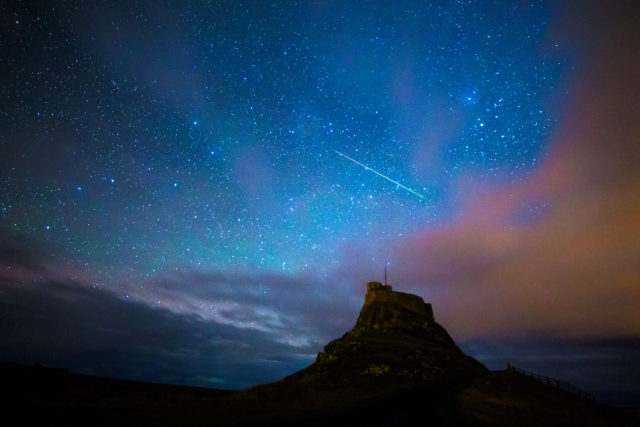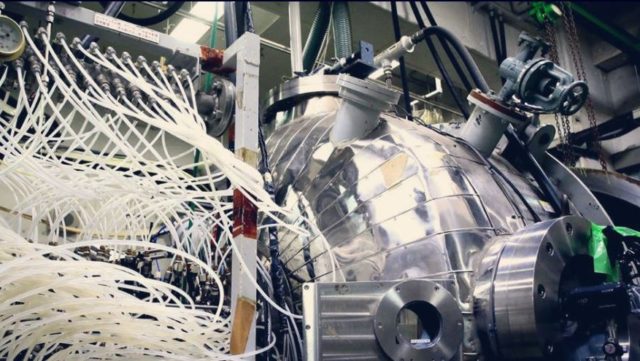
Many people living in cities will never have seen a shooting star, much less a full meteor shower. A Japanese company aims to change this, however, by bringing fake shooting stars to the masses as early as 2020.
Tokyo-based Astro Live Experiences (ALE) has created Sky Canvas, the world’s first artificial shooting star project.
Founded by Dr Lena Okajima, ALE uses Earth-orbiting satellites to create fake shooting stars out of small metallic pellets for “aerospace entertainment”. The pellets produce streaks of light as they fall through the atmosphere and harmlessly burn up.
Josh Rodenbaugh, satellite operations co-ordinator at ALE, said: “A big part of what we do is entertainment… but the real goal of the company is to inspire and interest kids in STEM [science, technology, engineering and maths].
“Our first event is in Hiroshima in 2020, it’s called the Shooting Star Challenge, and it’s a two-week science expo.
“During the day there will be activities, science presentations, and science experiments that kids can come and take part in, then at night they can see the shooting stars.”

Natural shooting stars occur when particulate matter enters the Earth’s atmosphere and burns up, creating bright light.
The artificial shooting stars are produced by launching a satellite containing metallic particles up into the atmosphere, which are then released. These particles burning into the atmosphere create the appearance of shooting stars on the ground.
Rodenbaugh said: “We have two satellites and they go up to the lowest orbit… and they will carry around 400 of our shooting star particles. We release these particles one at a time, about a minute in between releases. We can release 15 to 20 particles per satellite per event. They re-enter the atmosphere and they burn up just like natural shooting stars.
“Natural shooting stars are the size of grains of sand and specks of dust, they move very fast at 12 to 20km a second.
“Our shooting stars, they’re considerably bigger, they’re around a centimetre in diameter, so they’re not massive things but compared to natural shooting stars they’re much bigger, they move much slower compared to natural shooting stars, still very fast, but much slower at around 7.5km a second.
“The things that we’re releasing are general metallic alloys that we find all over the place, there’s absolutely nothing toxic, compared to even natural shooting stars they’re much cleaner much purer, designed to burn brightly.”
These larger particles create a brighter, slower streak of light across the sky for a beautiful effect.
Sky Canvas isn’t just a pretty way of letting people experience shooting stars, however. The company explains that by studying the path of artificial shooting stars, they will be able to better understand the mechanics of naturally occurring shooting stars and meteorites.

The visibility area for the artificial shooting stars from the ground is around 200km in diameter, which encompasses the area of most major cities.
Rodenbaugh said: “A lot of the people we talk to have never actually gotten to see a shooting star.
“Our shooting stars, when they re-enter [the atmosphere] they will burn slower across the sky, they will last longer, and they’ll be bright enough to be seen across most major cities like Tokyo, New York or London.
“If a sports venue or a concert decides that they want to have a meteor shower over their venue, not only do they get to enjoy it but everybody in the city around gets to.”
